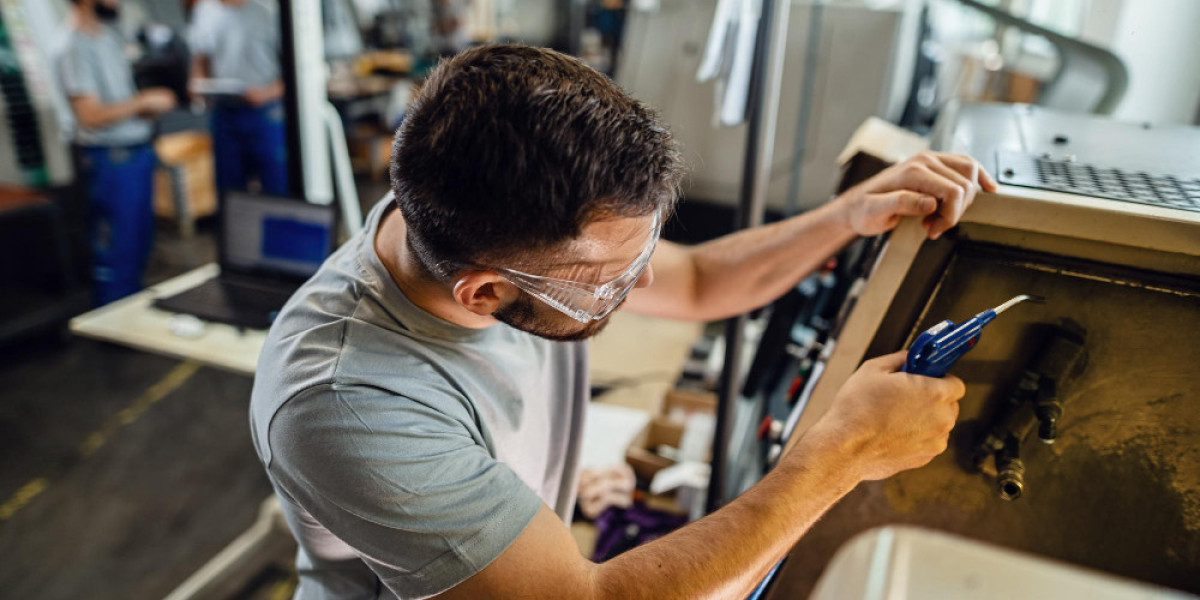It is all about the versatility, excellent finish, and simple process that injection molding is becoming more and more popular in a variety of industries, including engineering, construction, and component manufacturing. A vast array of materials, such as glass, elastomers, metals (die-casting), and many kinds of plastic, such as polymers and thermoplastics, can be precisely formed using injection molding. If you are curious in addressing the basic question, how do I know about injection molding near me? First, you must understand the basics of the particular process.
What is Injection Molding?
During the injection molding process, plastic grains are introduced, heated, cooled, and then given the required shape and size to manufacture plastic products. It is a very accurate and fast method of producing large quantities of plastic products. The majority of plastics that are used daily are produced using the injection molding technique.
- The chosen material is heated and then injected into a correctly designed mold to create a component that precisely matches the shape, color, and size required for a piece of machinery, a moving part, or other sorts of equipment.
- Strong tool metals like steel or aluminum are usually used to manufacture the molds, which are precisely built to perform their intended function, to help them withstand the strain of regular usage. The plethora of uses for injection-molded components extends from tiny machine widgets to entire car body panels. Additionally, toys, medical supplies, storage containers, vehicle parts, packaging, and toys are all produced using injection molding.
Injection Molding Process
A plastic injection machine consists of three basic parts: the feed hopper, heated barrel, and screw. following the feeding of the plastic granules via the hopper and into the heated barrel. The granule is then heated using the friction of the reciprocating screw and the heated barrel. The plastic is now heated and injected into the mold cavity, where it cools and becomes the required shape and size. This is how an injection molding machine works.
Advantages of the Injection Molding Process
- Whether or not to use plastic injection molding in a production process depends on the particular requirements of each project. The process offers advantages and disadvantages depending on several variables. The advantages of plastic products are manifold. It is very easy to mold into the exact shape that is required because it is robust and flexible.
- Compression-molded plastic products are usually durable enough to be used repeatedly, and many thermoplastics can be recycled, even if they can't be recycled completely. Because it is hygienic, plastic is a great material for medical applications as well as for packaging food and beverages.
- It can be dyed in any hue and applied at any thickness. It can withstand exposure to water, severe temperatures, air erosion, and a variety of chemicals and corrosive agents.
- Making compression molding plastic is a fast, labor-saving process that yields substantial amounts of goods. It may be used to create both very little and very sophisticated items and accepts inserts such as metal screws. Remelting discarded plastic parts to use in new products helps reduce waste.
Application
We can manufacture a large variety of plastic products thanks to injection molding technology. A few examples are electrical switches, CDs and battery cases, vending machine parts, home appliances, PCs and laptops, toys, medical equipment, packaging, agriculture, and automotive parts. Making the right decision for injection molding near me is simple if one is aware of a certain technology and how it works in a certain industry. It is always left to the discretion of the enterprise to select the type of method used to produce the plastic.


![Buy Ritalin Online ~ Methylphenidate{{Generic}}10 mg is on sale[Order Now]](https://s3.us-east-1.wasabisys.com/talkin/upload/photos/2024/03/nLof2E2dKW6RiTjpFqch_09_f5ba8543ea1aa342f13a1a32bfe3b1cb_image.jpg)